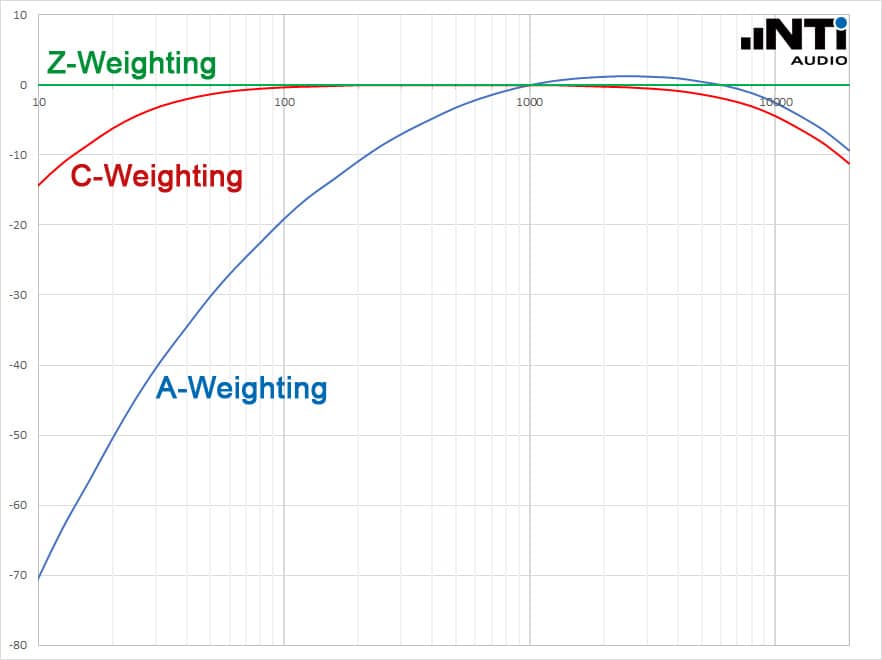Have you ever heard someone say “the sound system was so good you didn’t need earplugs”? While hearing protection is absolutely always a must when dealing with prolonged exposure to high volume levels, there can be a degree of truth to that statement.
The A-weighted dB scale is an internationally standardized characteristic in which sensitivity varies with frequency in the same way as the human ear, and the CDC and Department of Labor in the US as well as the WHO internationally use this scale to determine the risk of hearing damage.

(source: NTI AUDIO)
As you can see, according to the A-weighted scale the sub-bass range (~20-120hz) typically requires anywhere between 15-50dB of gain to reach the equivalent risk levels associated with higher frequencies.
Furthermore, according to the AES conference paper Perception of Low Frequency Content of Amplified Music in Arenas and Open-Air Music Festivals, “preferred listening levels were lower when low frequency content (Infra-sub) [<50hz] was increased.” (Burton et al., AES 2017). That’s right, more bass can actually translate to less total preferred volume. So when you hear someone say that they didn’t need hearing protection at a gig (though chances are they could have still used it), what they most likely mean is there was plenty of BASS and impact even at lower A-weighted dB levels.
But don’t just take our word for it. When live monitoring, cEvin Key of Skinny Puppy says he can turn down the volume by “at least by 2-3db overall” when using SUBPAC.
We’re always looking for best practices when it comes to protecting our hearing, and more research is in the works! Stay-tuned 🔊
